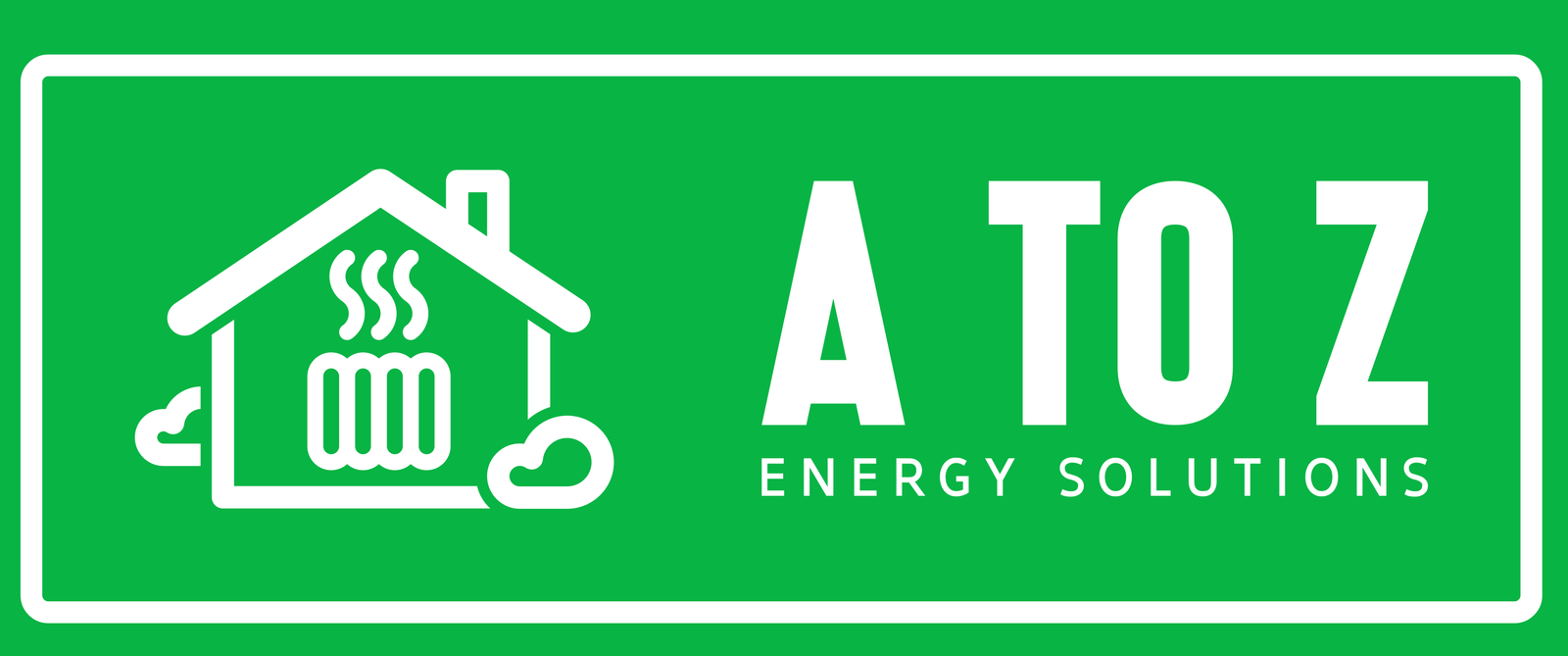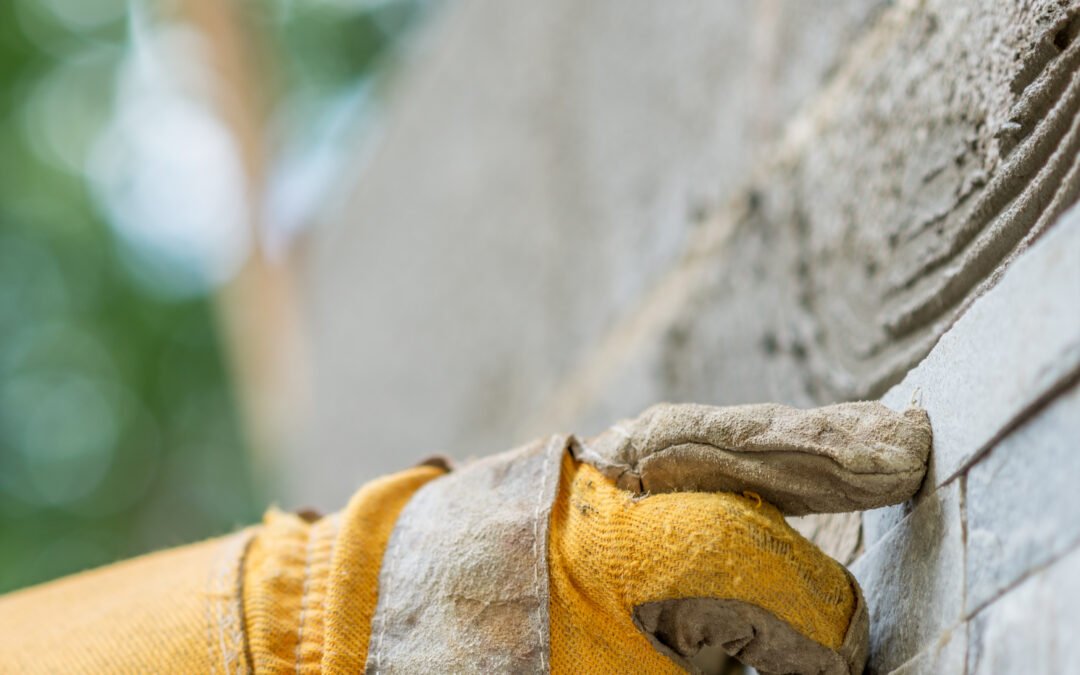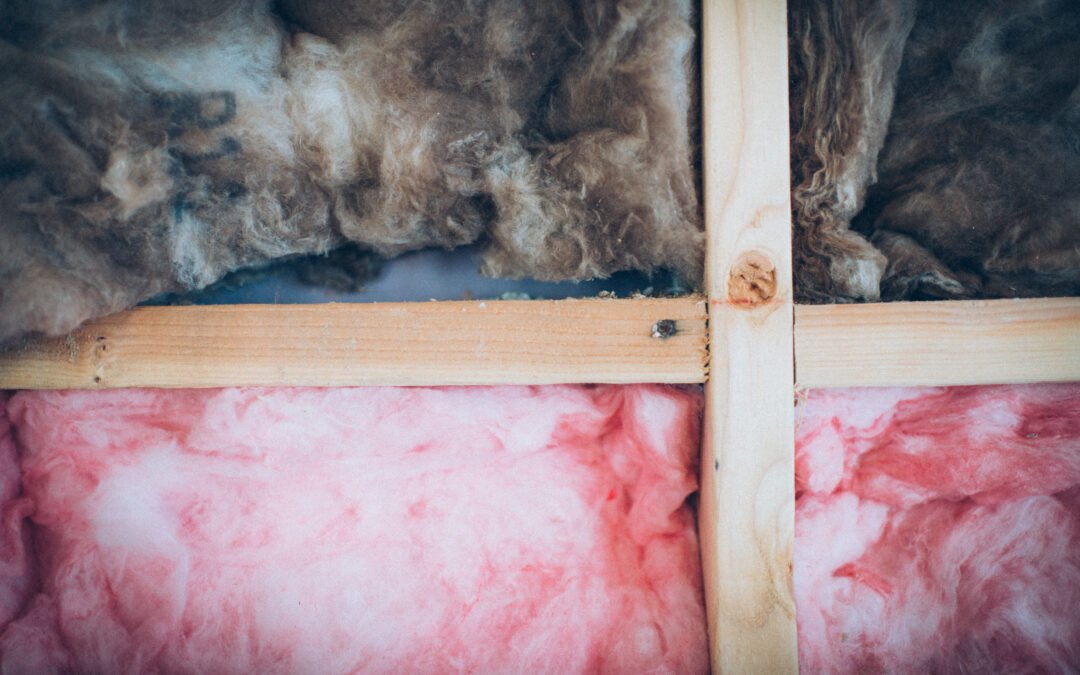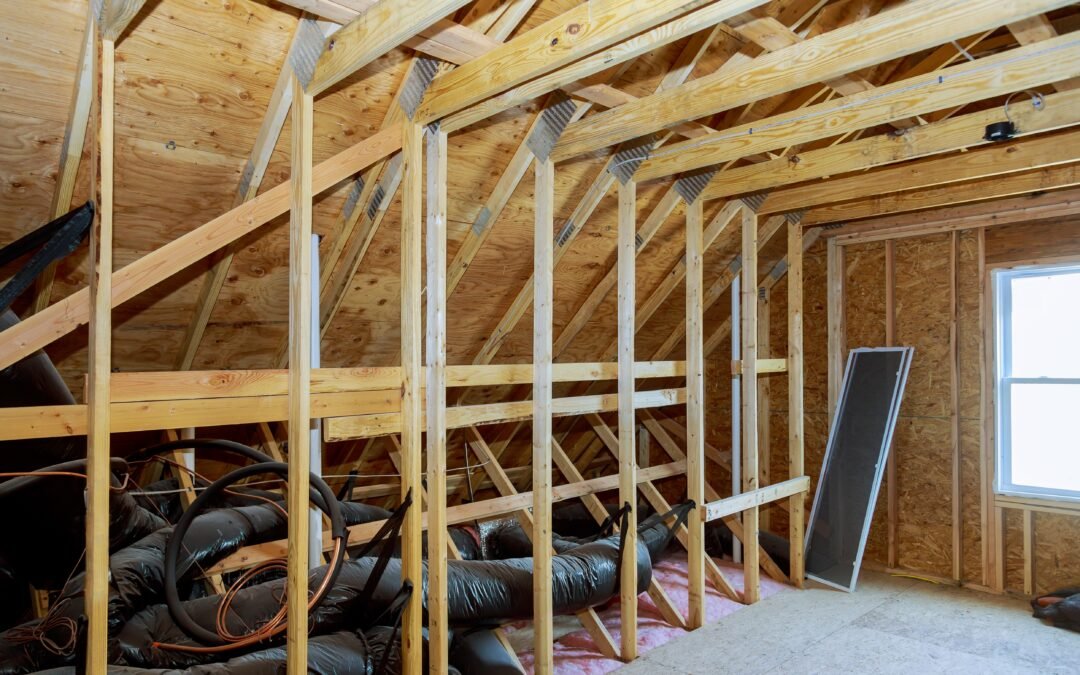Understanding Cavity Wall Insulation Basics
Cavity wall insulation involves filling the gap between the inner and outer masonry layers of a home’s external walls with insulating material. This process is essential because it prevents heat escape, ensuring the home remains warm during the winter months and cooler during the summer. In Cambridge, where weather can vary significantly, maintaining an efficient thermal barrier is crucial.
The construction of many Cambridge homes typically features cavity walls, which provide an ideal opportunity for enhancing insulation. A cavity wall consists of two brick layers with a hollow space (or cavity) in between. Insulating this cavity can significantly improve the building’s thermal performance.
Understanding the structure of your home’s walls is the first step in evaluating its potential for cavity wall insulation. Not all homes have cavity walls, and those built after the 1920s are more likely to feature this construction style. Recognising this setup is essential for planning any insulation project, as it dictates the type of insulation material and techniques to be used.
Benefits of Cavity Wall Insulation in Homes
Cavity wall insulation offers numerous benefits, chief among them being substantial energy savings. By reducing the amount of heat lost through walls, insulation helps maintain a consistent indoor temperature, lowering the reliance on heating systems during colder months. This efficiency can lead to significant reductions in energy bills, a major advantage given the rising cost of energy in the UK.
Aside from the financial savings, cavity wall insulation also enhances indoor comfort. This insulation limits heat entry during hot weather and retains warmth during cold periods, contributing to a more comfortable living environment year-round. Furthermore, this improvement in thermal efficiency can help reduce the carbon footprint of your home, contributing to environmental conservation efforts.
Another benefit particularly relevant in Cambridge, given its historical and aesthetic architecture, is that cavity wall insulation can be installed with minimal disruption to the building’s appearance. This aspect is crucial for maintaining the visual integrity of Cambridge’s distinctive architectural heritage while improving home efficiency.
Assessing Your Cambridge Home for Suitability
To determine if your Cambridge home is suitable for cavity wall insulation, a thorough assessment by a professional is recommended. This evaluation typically involves checking the age of the home, the existing wall structure, and the condition of the outer wall. Homes built after the 1920s with un-insulated cavity walls are usually ideal candidates.
Damp issues must also be considered; existing dampness or a susceptibility to it may require resolving these issues before proceeding with insulation. A specialist can perform a ‘borescope’ inspection, where a small camera is inserted into the wall to check the cavity for obstructions or defects that could affect the effectiveness of the insulation.
The orientation and exposure of the building also play critical roles in determining the suitability for cavity wall insulation. Buildings that are more exposed to driving rain, for instance, might need additional considerations to prevent water ingress post-insulation. Such assessments are crucial to ensure that insulation provides benefits without causing unintended problems such as damp.
The Ideal Materials for Cavity Wall Insulation
Several materials can be used for cavity wall insulation, each with its own set of properties catering to different needs. One of the most commonly used materials is mineral wool, which offers excellent thermal performance and is also fire-resistant. It is made from molten glass or rock spun into a fibre-like structure, which is then inserted into the cavities in slabs or as loose fill.
Polyurethane foam is another popular option, known for its high insulation values and the ability to bond to the wall surfaces, providing additional structural stability. This material is particularly effective in sealing all gaps and cavities, thus enhancing the overall airtightness of the home.
Polystyrene beads or granules can also be used, especially in situations where the cavity is irregular or hard to access. Injected with a binding agent, these beads expand and stick together, filling the cavity effectively. Each material has its own cost, performance, and environmental impact considerations, which should be discussed with a specialist.
Step-by-Step Guide to Installing Insulation
The installation of cavity wall insulation in Cambridge should always be carried out by a qualified professional to ensure safety and efficacy. The process generally starts with a detailed home assessment, as outlined above. Following this, if the property is deemed suitable, the installation can proceed.
The typical installation method involves drilling small holes in the outer wall of the house, usually about 22mm in diameter, spaced around 1 metre apart. The chosen insulation material is then blown into the cavity through these holes using special equipment. This requires precise control and expertise to ensure even distribution and avoid any voids or gaps.
Once the cavity is filled, the holes in the wall are sealed using colour-matched cement to maintain the aesthetic appearance of the building. The entire process can usually be completed in less than a day, depending on the size of the house, and disruption to the household is minimal. After installation, it’s important to have an appropriate ventilation check to ensure that the property maintains adequate airflow.
Regulatory Compliance and Standards in Cambridge
In Cambridge, as in the rest of the UK, cavity wall insulation must comply with current building regulations, particularly Part L, which deals with the conservation of fuel and power. These regulations are designed to ensure that all insulation work improves energy efficiency while meeting safety standards.
It is also advisable to work with insulation professionals who are registered with recognised industry bodies such as the Cavity Insulation Guarantee Agency (CIGA) or the National Insulation Association (NIA). Membership in these organisations ensures that the contractor adheres to strict quality standards and uses approved materials, providing homeowners with peace of mind and recourse in the event of any issues.
Compliance with these standards not only ensures the effectiveness of the insulation but also enhances the overall property value. Proper documentation and certification from the installation can be beneficial, especially if the property is to be sold in the future, as it assures potential buyers of the quality and durability of the installation.
Cost Analysis: Investment vs. Long-term Savings
The upfront cost of cavity wall insulation in Cambridge can vary depending on several factors, including the size of the property, the chosen insulation material, and the complexity of the installation. However, the initial investment is generally offset by the energy savings accrued over time. According to the Energy Saving Trust, cavity wall insulation could save up to £250 per year on heating bills for a typical detached home.
The payback period for cavity wall insulation thus can be relatively short, often ranging from 3 to 5 years. After this period, the savings effectively become additional income, enhancing the financial benefit of this investment. Moreover, there are sometimes grants and subsidies available, such as those from local councils or energy companies, which can help mitigate the installation costs.
Considering the rising energy costs and the increasing environmental awareness, the long-term savings and benefits of installing cavity wall insulation significantly outweigh the initial outlay. Not only does it reduce energy bills, but it also increases the comfort and value of the home, making it a wise financial decision.
Choosing the Right Contractor in Cambridge
Selecting the right contractor is crucial for ensuring that your cavity wall insulation is installed effectively and safely. In Cambridge, it is advisable to choose a contractor who has a proven track record and positive reviews from previous customers. Certification from relevant industry bodies, as mentioned earlier, is also a good indicator of reliability and expertise.
It’s important to obtain multiple quotes to ensure competitive pricing and to ask for detailed breakdowns of what each quote includes. This transparency helps in understanding exactly what you are paying for and in ensuring there are no hidden costs. Moreover, discussing previous projects similar to yours can provide insights into the contractor’s ability to handle your specific insulation needs.
Finally, ensure that the contractor offers a solid guarantee for the work. This guarantee should cover both the materials used and the labour. A credible contractor will not hesitate to back their work with such assurances, providing you with additional security and peace of mind in your investment.




